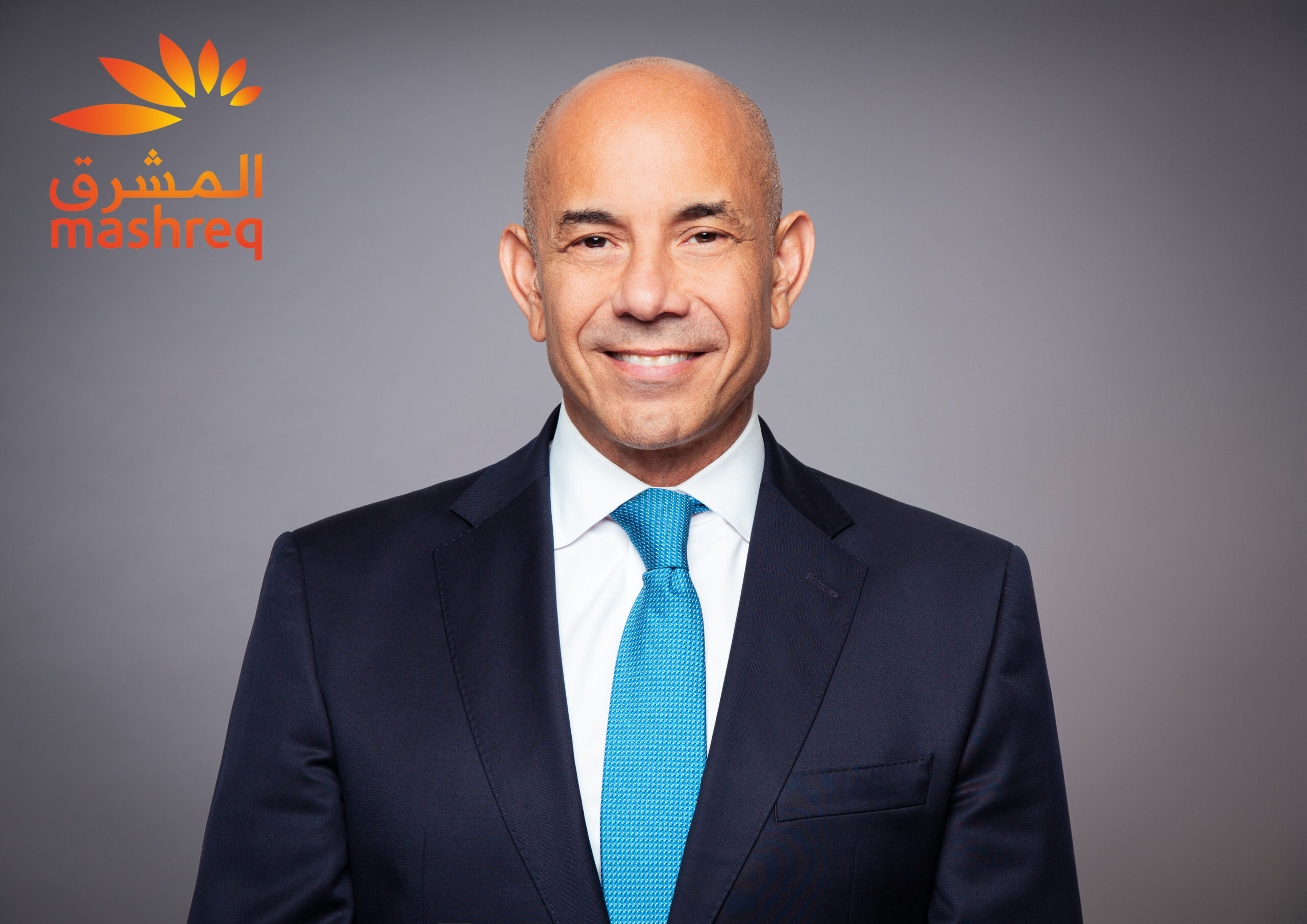There is no question that 2020 and 2021 have proved challenging for businesses across all sectors. For the financial services industry, in its role underpinning global commerce, an acceleration in digitalisation plans has been essential to support the new remote operating model required during the pandemic. Having successfully implemented new tech and systems many organisations are now seeking the right path to help them move forward positively, profitably and with a clear focus on the customer experience.
The role of the CTO and CIO in this context is vital, which is why we investigated the challenges they are currently facing. We talked to CTOs and CIOs at banks, fintechs and payment service providers (PSPs) across the UK, DACH and Benelux countries. We will be publishing the results in our upcoming industry whitepaper.
Tentative confidence
Reflecting the current global uncertainty, just a third (33.7%) of the payments and banking sector CIOs that Banking Circle spoke to feel ‘very confident’ that their organisations are fit-for-purpose for the future in terms of investigation and procurement of new systems. Extreme confidence was lower still across other areas of responsibility, including artificial intelligence (AI) and machine learning (ML), data security, new systems migration and training. However, in all areas of responsibility more CIOs reported that they are ‘fairly’ or ‘very’ confident, than ‘not at all’ or ‘not very’ confident.
Investment, clearly, is now the focus to ensure institutions are fit-for-purpose for the future.
Anders la Cour, chief executive officer, Banking Circle Group

Confidence was generally somewhat higher for CIOs of PSPs and fintechs than for those working for banks; perhaps reflecting the innovative foundations of PSPs and fintechs, compared to legacy tech often encountered by those working in banks. And this was underlined by the fact that just a quarter of banks said they are ‘very confident’ about existing systems maintenance, compared to 37% of fintechs.
Investment, clearly, is now the focus to ensure institutions are fit-for-purpose for the future. When asked how investment plans have changed since the start of the pandemic, respondents confirmed that planned investment has increased in all areas of responsibility. And the main factors driving increased investment were the need to offer a superior customer experience, as well as being able to compete effectively.
To buy or build?
To meet these objectives, respondents plan to spread their budgets across a number of payment technology solutions, utilising a mixture of buying and building.
Two thirds are planning to ‘build’ payments tech in-house; the same number plan to ‘buy’ off the shelf. A similar number (65%) intend to outsource or utilise partnerships. And it is perhaps unsurprising, given the delays legacy infrastructure can cause, that banks are most likely to buy off-the-shelf (71%).
PSPs and fintechs are most likely to build solutions in house (70%). Fintechs are also slightly more likely than banks to work with external partners (66%, compared to 64%).
A new trend was reported recently, wherein banks are selling their payments operations because they cannot reach the scale necessary to compete with the specialists. Many are choosing to partner with, instead of own, payments companies. Utilising the right third-party collaboration opportunities allows banks to provide the best solutions, at scale. This means banks gain the benefit of competing effectively, without the investment usually needed for overhauling infrastructure.
What is keeping CIOs and CTOs awake at night?
Being a CTO or CIO is no mean feat juggling a myriad of challenges in today’s landscape; 72% of our respondents are kept awake at night by at least one aspect of their role.
For PSP and fintech CTOs and CIOs awake, it’s tech outages, staying up to date with market developments and the issue of staff skills. For those working in banks, an ongoing or upcoming digital transformation project is a concern.
The new prominence and accountability of the CIO and CTO role weighs heavily on their shoulders. But the burden of responsibility does not need to fall entirely on the in-house team; working in partnership with external providers can ease the burden by spreading the load. A payments bank or financial utility partner can take on a lot of the heavy lifting and reduce stress on any one individual or team.
To discover more of the survey findings, download the whitepaper here: Futureproofing payments tech: The challenges facing CIOs And CTOs





